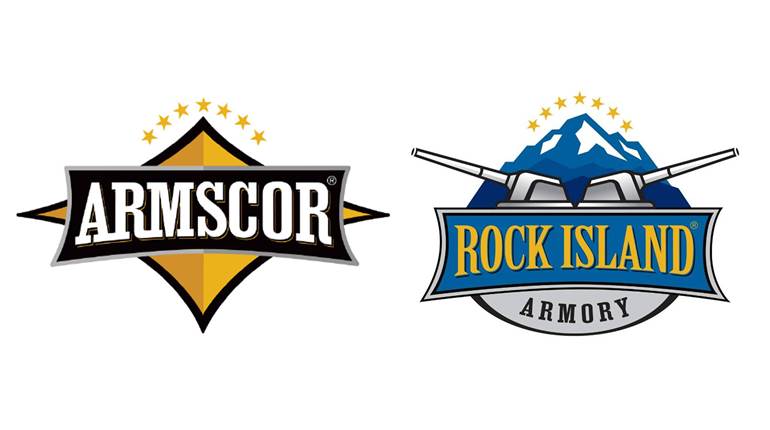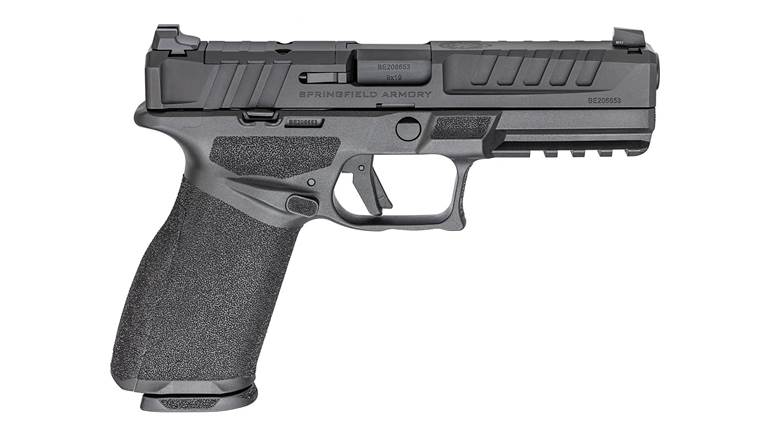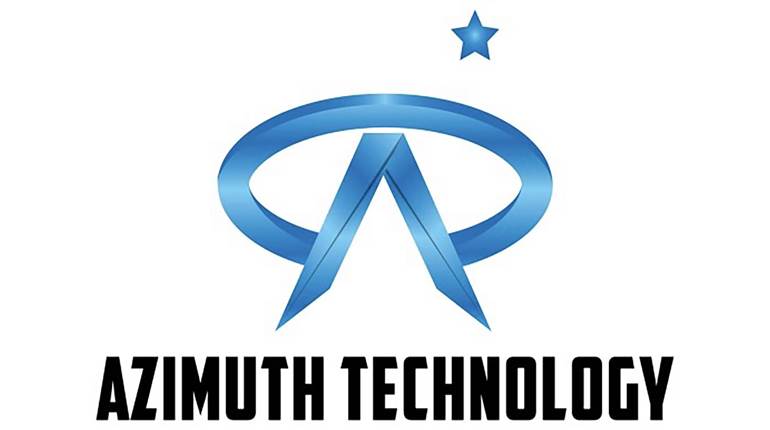
Gregg Ritz, former owner of Thompson/Center Arms, has officially reacquired the company. Smith & Wesson purchased the company in January 2007, when Ritz was president and CEO, for $102 million. He stayed on in charge of a new Smith & Wesson—Hunting division, but after leaving established himself as a prominent figure in the outdoor industry, perhaps best known for hosting the “Hunt Masters” series on Outdoor Channel.
"Thompson/Center Arms holds a special place in the hearts of hunters and shooters worldwide, and we are committed to honoring the past while driving inventiveness and growth,” Ritz said. “With the support of our dedicated team and loyal customers, I am confident that Thompson/Center Arms will continue to thrive in the years to come."
Ritz’s ownership partners add depth to the effort, bringing with them a wealth of outdoor retail knowledge and customer service, as well as two decades of global manufacturing expertise from four United States-based plants—each ISO 9001 and IATF 16949 certified and ITAR registered. With a total of 200 state-of-the-art production machines, operating across 155,000 sq.-ft., they deliver quality precision parts for the aerospace, automotive, agriculture and defense market segments.

“Now more than ever it’s imperative we keep manufacturing at home,” Ritz said in a video posted on the company website. “From job creation to national pride, made here is our commitment. Follow along as we relaunch this iconic company from the ground up and reshape history.”
Thompson/Center’s first firearm, the famed Contender, hit the market in 1967. The single-shot, break-action pistol was designed by Warren Center in 1965 and produced two years later by the K.W. Thompson Tool Company factory in Rochester, N.H. The new partnership grew to become a familiar name in the metallic silhouette and target-shooting communities, as well as hunters who prefer handgun seasons. Part of the popularity was the gun’s enviable reputation for accuracy and reliability. The fact a simple barrel swap allowed it to run different cartridges added versatility. By 2023, more than 400,000 Contenders had been sold.
The company was early in the traditional muzzleloader market, introducing a Hawken variant in 1970. The line eventually grew to include several modern, synthetic-stocked in-line designs. Bolt-action rifles came later and semi-automatics.
Then, in March 1997, a five-alarm fire destroyed three of the company’s buildings in Rochester, N.H.—where the firm was based. Smith & Wesson purchased the company in January 2007. “This move will expand our presence in the $1.1 billion long gun market by providing immediate entry into the hunting rifle and black powder segments, which represents approximately $600 million in domestic sales,” said Michael F. Golden, president and CEO of Smith & Wesson Holding Corporation at the time. “In addition to carving out a leadership role in black powder and single-shot hunting rifles, Thompson/Center Arms has developed tremendous expertise in manufacturing long-gun barrels, a competency that will be important to Smith & Wesson as we expand our capabilities even further into the long gun market.”
Three years later, production moved to Smith & Wesson’s Springfield, Mass., factory. Then, in May 2021, Smith & Wesson announced a long-term strategy that no longer included Thompson/Center Arms. “We remain fully committed to the hunting and long-range shooting market, and with this divestiture we will be able to now focus on these categories under our iconic Smith & Wesson brand,” said Mark P. Smith, president and CEO of Smith & Wesson Brands. “Additionally, this will allow us to immediately redirect manufacturing capacity to increase overall production volumes, allowing us to gain additional market share while simultaneously increasing profitability.”
Now Ritz and his team are bringing the brand back.




































